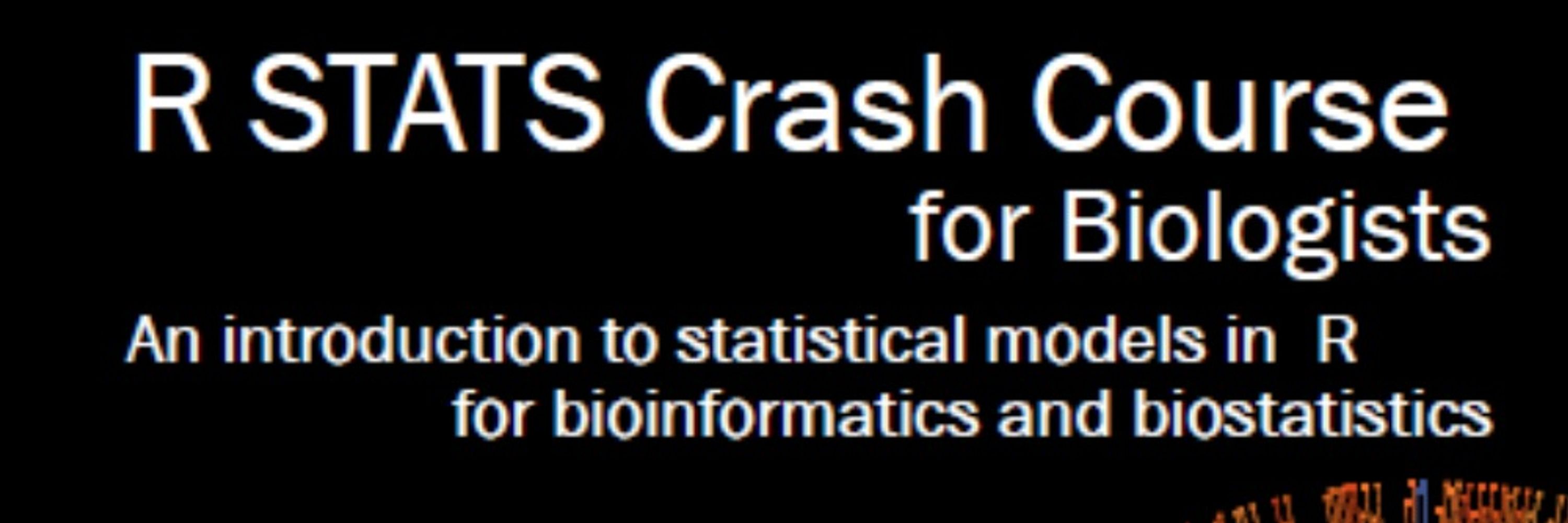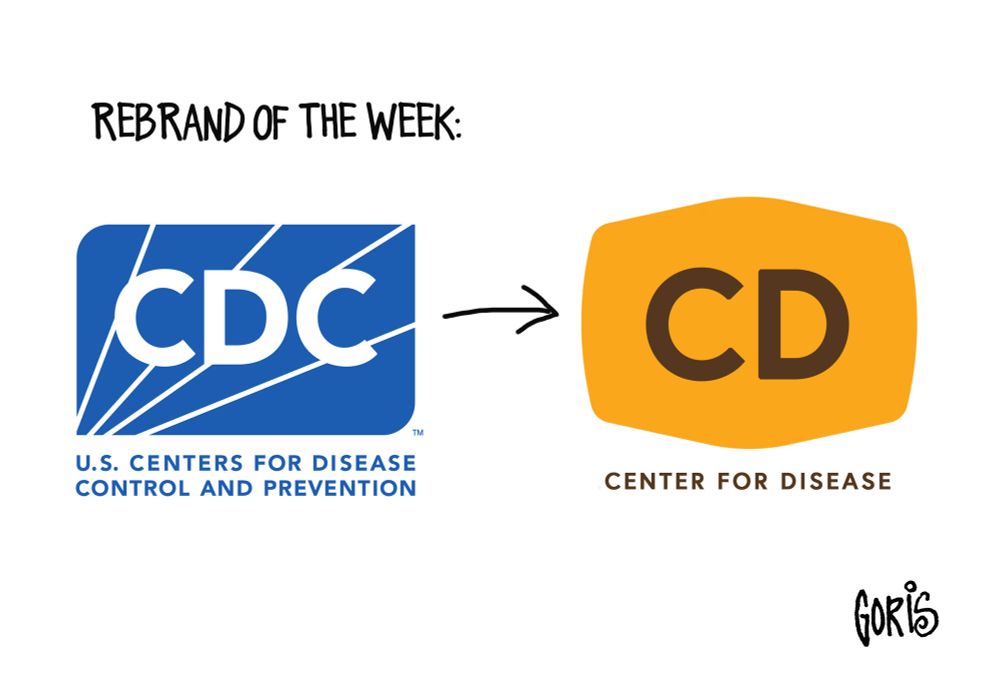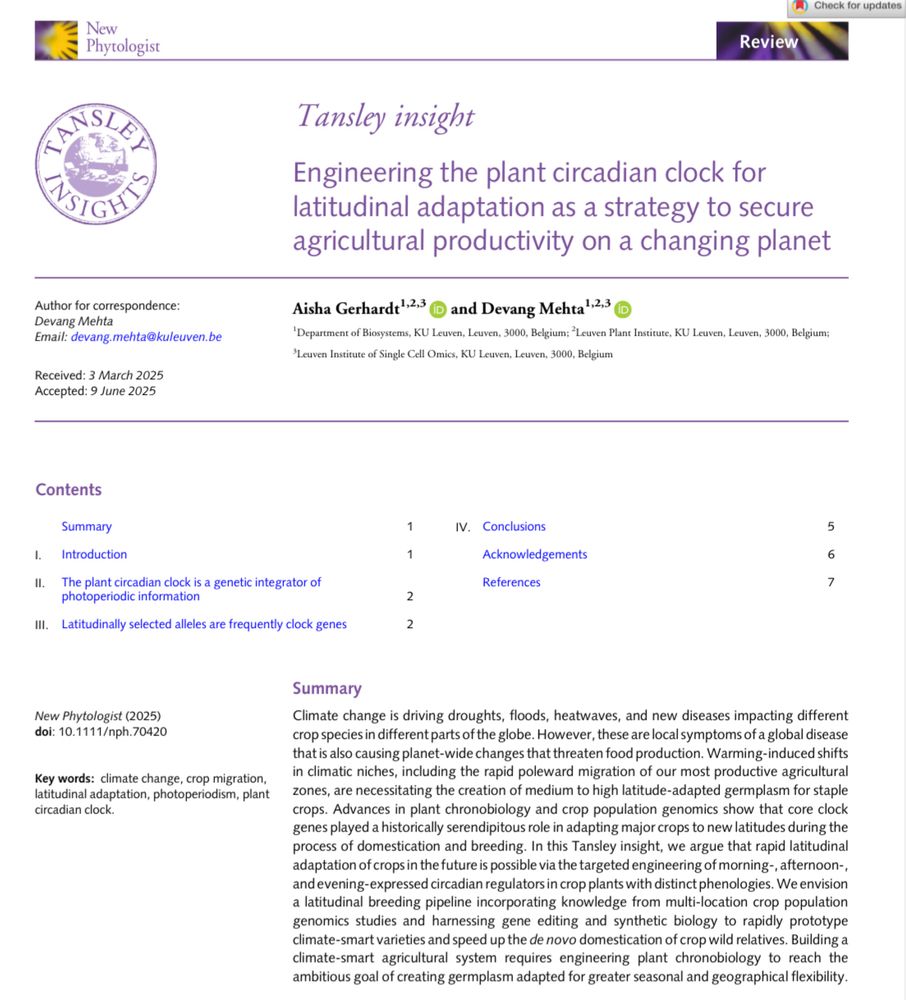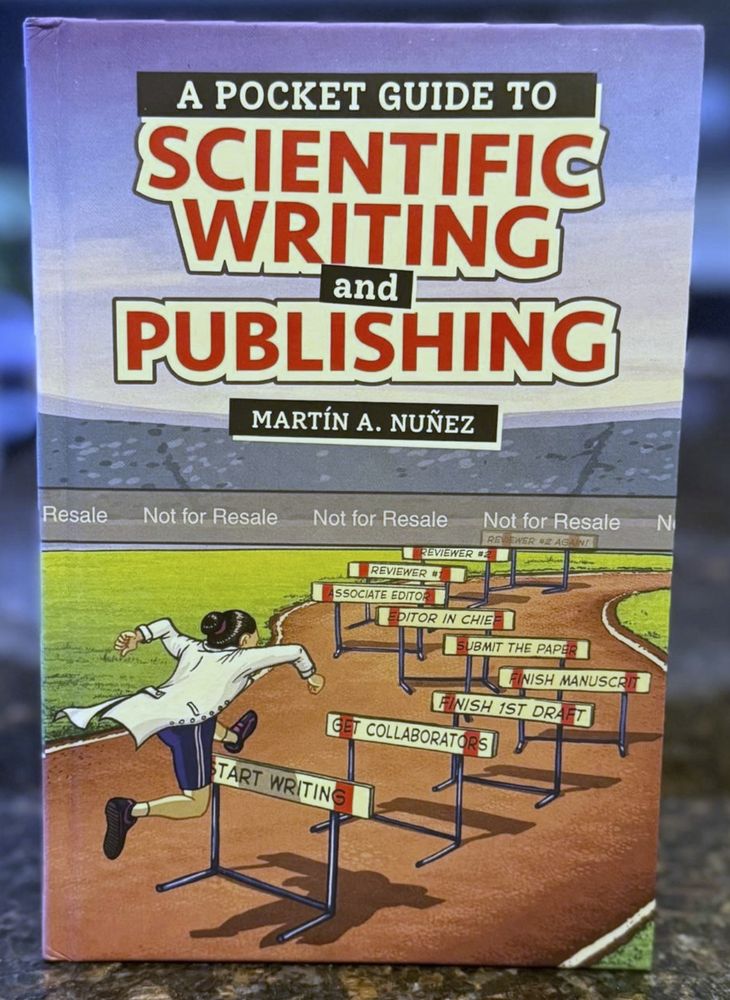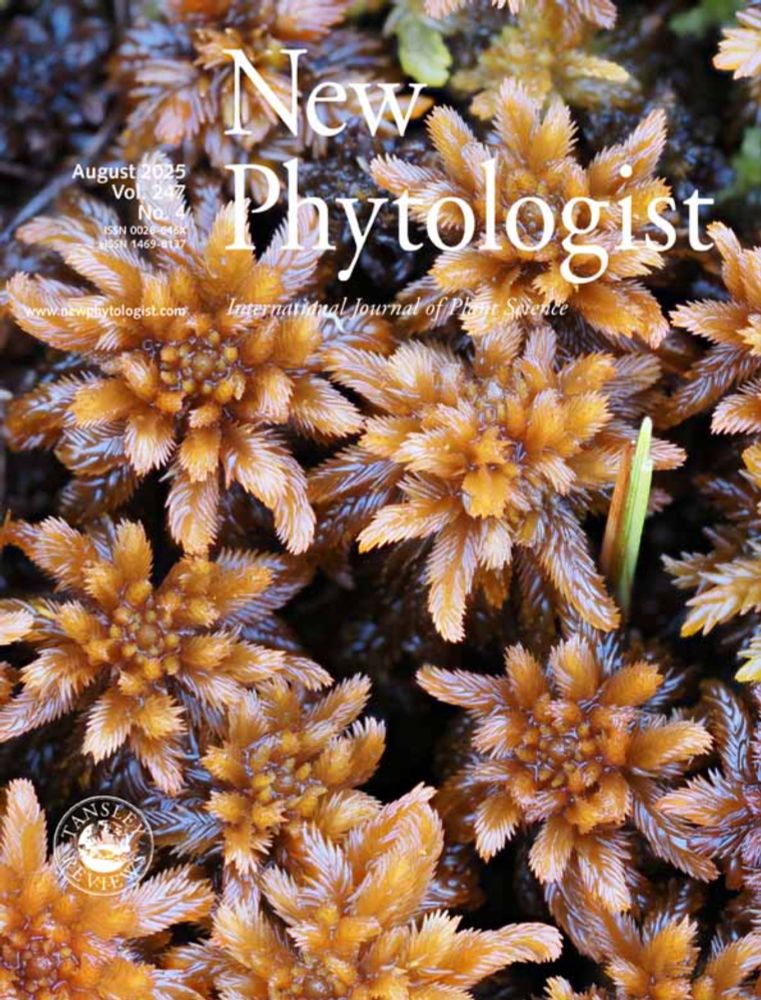Colautti Lab
@colauttilab.bsky.social
280 followers
200 following
92 posts
We work at the interface of ecology, evolution and genetics at Queen's U (Canada) using statistics, bioinformatics, field experiments, and sequencing.
Website: https://EcoEvoGeno.org
Repo: https://github.com/ColauttiLab
ORCiD: 0000-0003-4213-0711
Posts
Media
Videos
Starter Packs
Reposted by Colautti Lab
Reposted by Colautti Lab
Reposted by Colautti Lab
Reposted by Colautti Lab
Reposted by Colautti Lab
Reposted by Colautti Lab
Reposted by Colautti Lab
Reposted by Colautti Lab
Reposted by Colautti Lab
Reposted by Colautti Lab
Reposted by Colautti Lab
David Lowry
@davidlowry.bsky.social
· Aug 14

Gene Expression Divergence Between Locally Adapted Inland Annual and Coastal Perennial Ecotypes of Mimulus guttatus Across Developmental Stages
The action of natural selection across heterogeneous natural landscapes drives local adaptation and the formation of plant ecotypes, the precursors to new species. Plant ecotypes typically differ sig...
onlinelibrary.wiley.com
Reposted by Colautti Lab
TanentzapfLab
@tanentzapflab.bsky.social
· Aug 13
Reposted by Colautti Lab
Reposted by Colautti Lab
Reposted by Colautti Lab
Roshni Patel
@roshnipatel.bsky.social
· Aug 6
Reposted by Colautti Lab
Reposted by Colautti Lab
